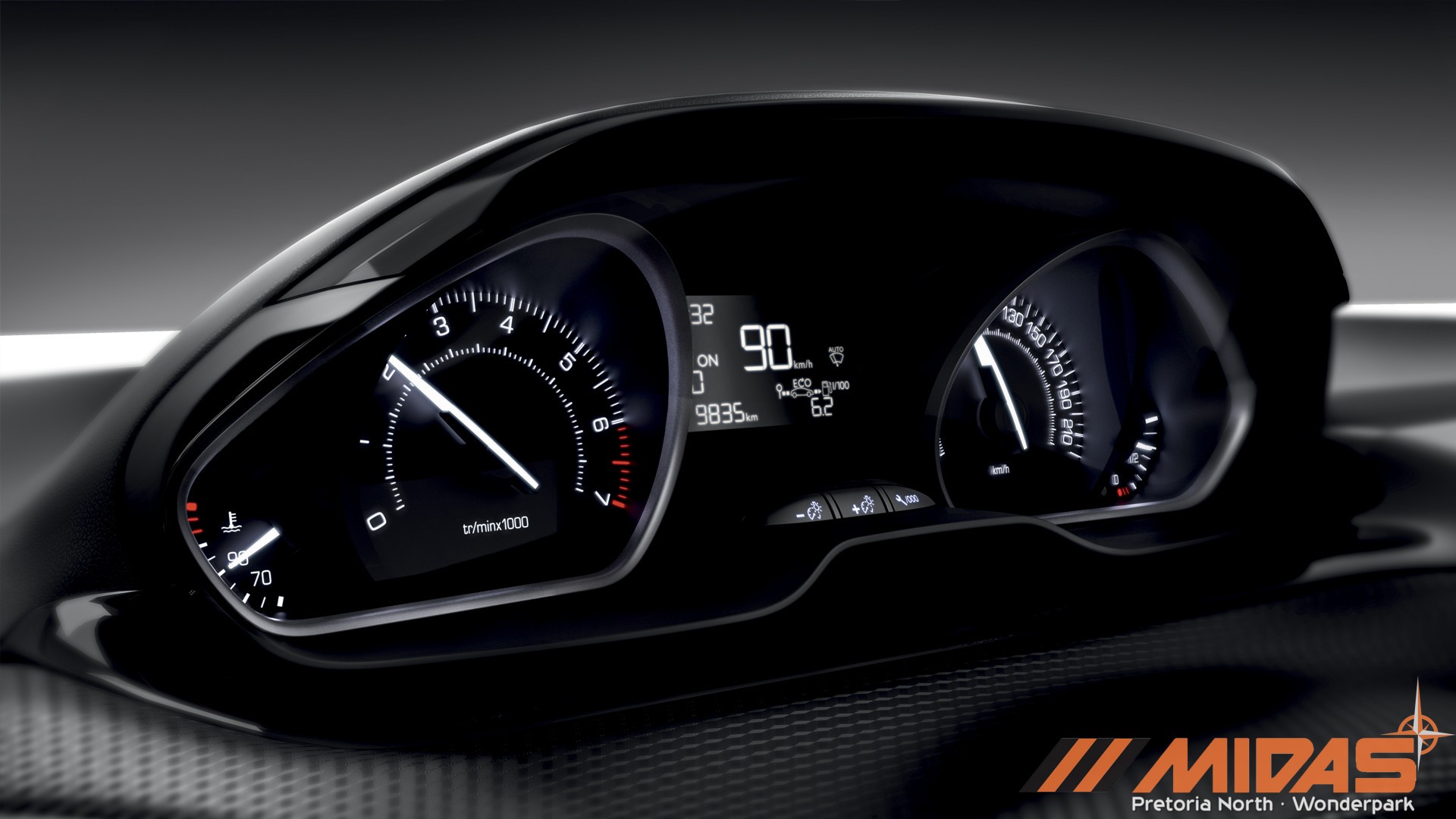

Paying attention to how hot your engine is running is necessary in maintaining the health of your vehicle. In fact, by monitoring your car’s temperature gauge, you can detect an overheating engine before costly damage occurs. Learn how to interpret this vital tool below!
What Is a Normal Engine Temperature?
Ideally, your engine’s temperature should fall somewhere in between 90 ºC to 105 ºC degrees. If your engine is operating normally, the needle will be near the center of the gauge. This doesn’t mean it will sit directly in the middle—becoming familiar with what reading is “normal” for your vehicle is key!
On particularly hot days when you are running the A/C at full blast, you may notice that your gauge reading is higher than normal. This is not necessarily a cause for concern, as long as the needle does not continue to move up during your drive.
Why Is My Engine Overheating?
If the temperature gauge needle starts to creep up to the red zone and/or the engine temperature warning light comes on, it’s a pretty clear sign your engine is overheating. Do not continue to drive with an overheating engine! Even short distances can cause severe damage to the engine block, cylinder head or other parts.
Most commonly, engine overheating points to a problem with the cooling system. Your coolant levels may be low or your radiator may have stopped working. Whatever the case is, stop and contact a qualified workshop. For a list of workshops go to My-Auto
Why Is the Temperature Gauge Reading Low?
In some instances, you may notice that the temperature gauge needle is pointing closer to the cold side. If the low reading still occurs after the engine has had a few minutes to warm up, it could be due to a malfunctioning thermostat or problem within the temperature gauge itself. Either way, you’ll want to have the problem looked at by one of our service professionals.